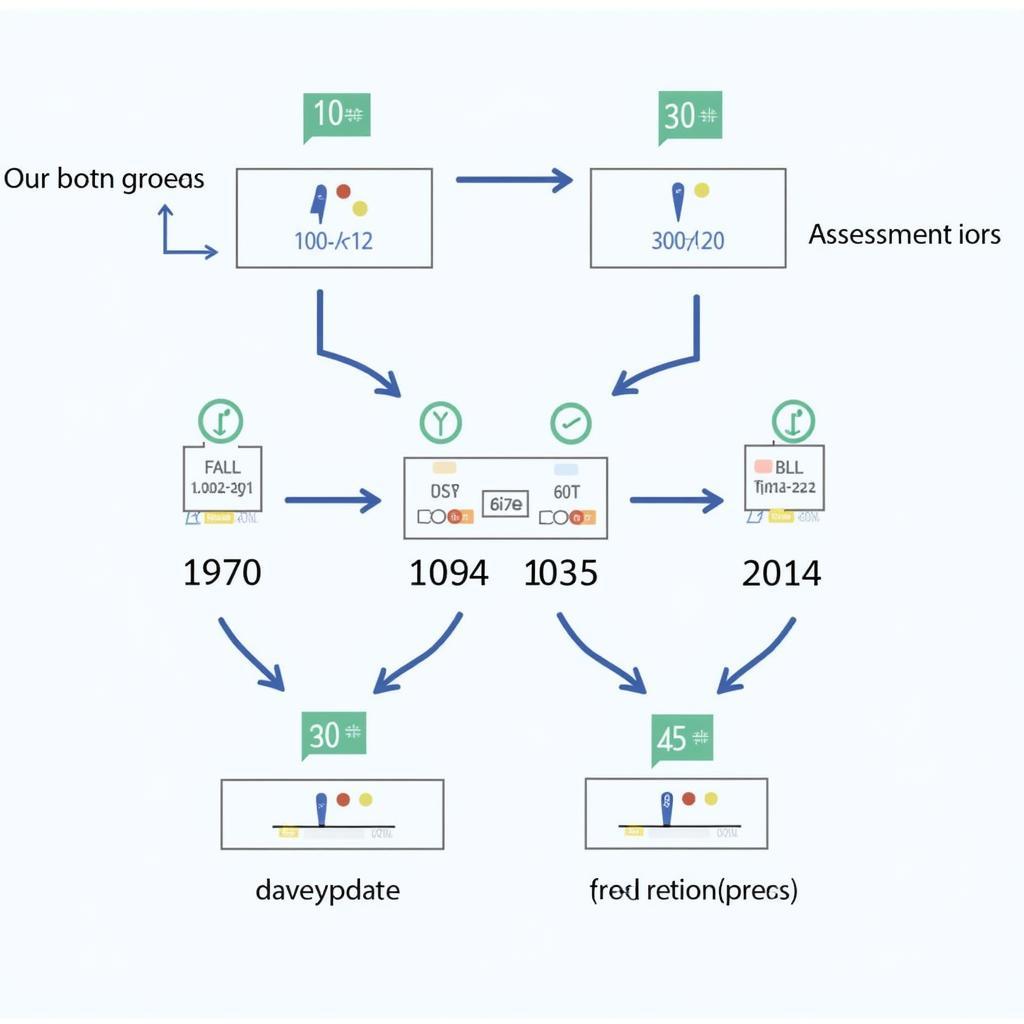Cross-sequential research, a powerful research design in the world of data collection and analysis, helps researchers unravel the mysteries of human behavior and development over time. Blending elements of longitudinal and cross-sectional studies, it offers a unique approach to studying trends, patterns, and changes across different age groups while considering the influence of time.
Understanding Cross-Sequential Research: A Closer Look
In essence, cross-sequential research involves studying multiple groups of participants of different ages over a period of time. Imagine it as a snapshot of various age groups taken repeatedly, allowing researchers to observe both the immediate differences between these groups and how they evolve over the years.
Key Features of Cross-Sequential Studies:
- Multiple age groups: This design allows for simultaneous comparison of different age cohorts, providing a broader perspective on the research question.
- Data collection at multiple time points: Repeated measurements offer insights into developmental trends and age-related changes.
- Combination of longitudinal and cross-sectional approaches: By merging the strengths of both, cross-sequential research offers a more comprehensive understanding of development.
Advantages of Cross-Sequential Research
Cross-sequential research offers several advantages over solely using longitudinal or cross-sectional designs.
1. Efficiency and Reduced Time Commitment
Compared to lengthy longitudinal studies, cross-sequential research allows for quicker insights by studying different age groups simultaneously. This efficiency makes it a valuable tool when time constraints are a factor.
2. Addressing Cohort Effects
One of the main advantages of this design is its ability to identify cohort effects. These effects refer to differences observed between age groups due to their unique historical and societal experiences.
3. Examining Age-Related Changes
By tracking changes within the same individuals over time, cross-sequential studies offer a clearer picture of true developmental trends, setting them apart from cross-sectional designs that only provide a snapshot in time.
 example-of-cross-sequential-research-design
example-of-cross-sequential-research-design
Applications of Cross-Sequential Research
The versatility of cross-sequential research lends itself to a wide range of applications across various disciplines. Let’s explore some noteworthy examples:
- Psychology: Understanding cognitive decline in aging, studying language development in children, exploring personality traits across the lifespan.
- Education: Evaluating the effectiveness of educational interventions, examining the impact of technology on learning outcomes across generations.
- Healthcare: Investigating the progression of chronic diseases, assessing the long-term effects of specific treatments, understanding health behaviors across different age groups.
Challenges of Cross-Sequential Research
Despite its strengths, researchers navigating the intricacies of cross-sequential studies encounter several challenges:
1. Complexity and Resource Demands
The multifaceted nature of this design demands careful planning and resource allocation. Managing multiple groups, data collection points, and potential attrition requires meticulous organization.
2. Potential for Attrition
As with any longitudinal component, participant dropout over time can pose a threat to the study’s validity. Researchers employ various strategies to minimize attrition and account for its potential impact.
3. Data Analysis Complexity
Analyzing data from a cross-sequential study requires specialized statistical techniques to disentangle age effects, cohort effects, and time of measurement effects, adding layers of complexity to the analysis.
Conclusion
Cross-sequential research, with its unique blend of longitudinal and cross-sectional elements, offers a powerful lens for understanding change and development over time. Despite the inherent challenges, its ability to provide a more comprehensive and nuanced perspective on age-related trends and cohort effects makes it an invaluable tool in the ever-evolving landscape of research. By carefully navigating its complexities, researchers can unlock a deeper understanding of the intricate interplay between age, time, and human experience.
FAQs about Cross-Sequential Research
1. How does cross-sequential research differ from longitudinal research?
While both involve repeated measurements over time, longitudinal studies follow the same group of individuals, whereas cross-sequential research studies multiple age groups simultaneously.
2. What are some examples of cohort effects in research?
Differences in technology use and access between generations, varying attitudes towards social issues shaped by historical events, and distinct health outcomes influenced by early life experiences.
3. What statistical techniques are commonly used in cross-sequential studies?
Repeated measures ANOVA, mixed-effects models, and latent growth curve modeling are some of the statistical approaches employed to analyze data from cross-sequential research.
4. What are some ethical considerations in cross-sequential research?
Informed consent, confidentiality, and minimizing participant burden are crucial ethical considerations, especially when studying sensitive topics or vulnerable populations.
5. How can researchers minimize attrition in cross-sequential studies?
Building strong relationships with participants, providing clear communication and study updates, and offering incentives for continued involvement can help reduce participant dropout over time.
Need Help with Your Paranormal Research?
If you’re exploring the mysteries of the paranormal and need guidance, don’t hesitate to reach out. Contact us at:
Phone: 0904826292
Email: research@gmail.com
Or visit us at:
Address: No. 31, Alley 142/7, P. Phú Viên, Bồ Đề, Long Biên, Hà Nội, Việt Nam.
Our team is available 24/7 to assist you. You can also learn more about our research on the national bureau of asian research.